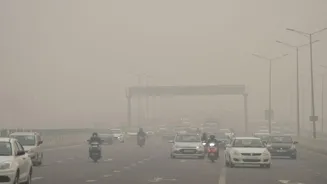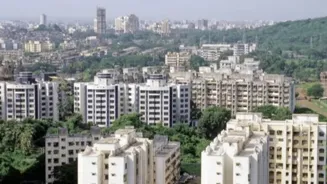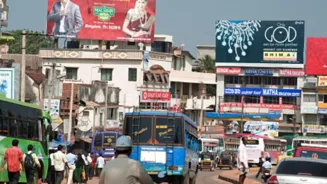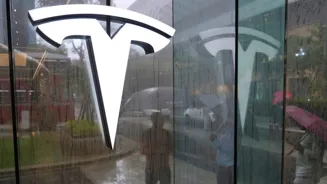The CAQM shared this in a reply to an RTI application filed by environmentalist Amit Gupta.
The CAQM has not undertaken any pollution research or study regarding the impact of such vehicles, the reply stated.
Asked if there was any other research that formed the basis of the ban, the commission said the restrictions on "end-of-life" (EoL) vehicles stem from the National Green Tribunal's (NGT) order in Vardhman Kaushik vs Union of India & Ors and the Supreme Court's order in M C Mehta vs Union of India & Ors.
Last month, the CAQM put on hold until October 31 the enforcement of its earlier directive that fuel stations in Delhi should not supply petrol or diesel to overage vehicles.
The decision came after the Delhi government cited "operational and infrastructural challenges" in implementing the measure from July 1.
EoL vehicles include diesel vehicles older than 10 years and petrol vehicles older than 15 years, irrespective of the state they are registered in.
"The fight against pollution cannot be won
According to official data, Delhi has 62 lakh such vehicles, including 41 lakh two-wheelers. Across the NCR, the number is around 44 lakh, mostly concentrated in
The July order said the fuel ban in Delhi would be launched simultaneously in these five high-vehicle-density NCR districts from November 1, after installation of Automated Number Plate Recognition (ANPR) cameras.
The mechanism will be extended to the rest of the NCR districts from April 1 next year.
The Delhi government told the CAQM that the ANPR system, meant to identify EoL vehicles by checking number plates against the VAHAN database, was facing software
In the past, the Supreme Court and the NGT have pulled up authorities over poor progress in removing old and polluting vehicles from the NCR despite repeated directions.
The Delhi government has also filed a review application in the apex court, seeking reconsideration of the 2018 ban on overage vehicles.















